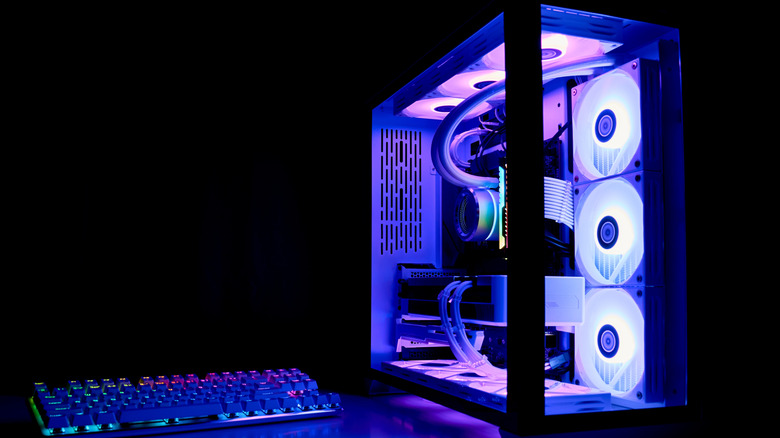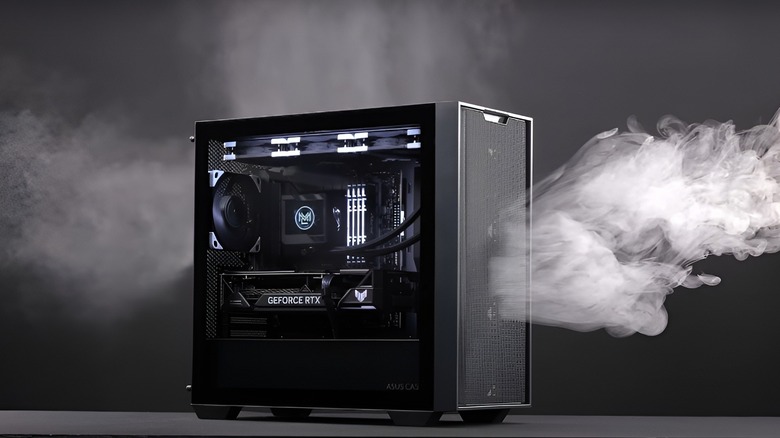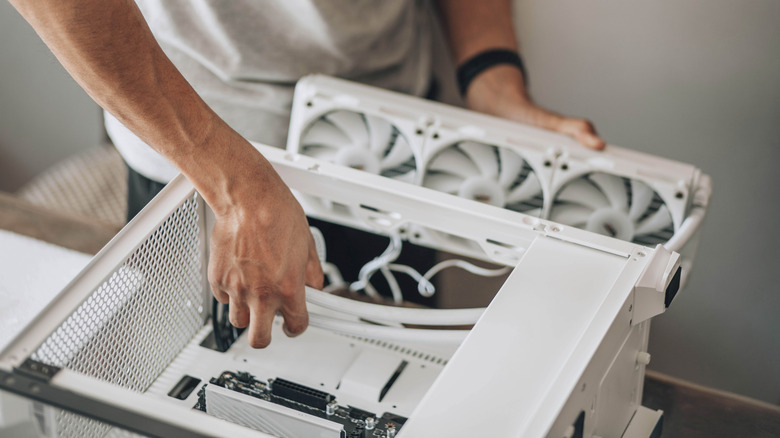How Many Fans Does Your PC Actually Need?
In a time when OEMs can pluck essential features like headphone jacks and removable batteries from your smartphone, PC building seems like a breath of fresh air, especially if you love customizing your setup. Picking a smartphone or an automobile might feel like shopping for ready-made clothes. Yes, they come in different sizes and designs, but they are not personalized. PC building is like getting a tuxedo, tailor-made to perfectly fit your size.
As a PC builder, you get to choose the components that go into your setup, customize the overall aesthetics, future proof your PC, and much more. However, with greater customizability comes the responsibility of heat management. Optimally cooling a PC is essential to fully utilize each component at maximum performance.
While cooling a PC may or may not be limited to just fans, basic intake and exhaust fans are the backbone of managing the overall heat of your rig. The number of fans your PC needs depends on a variety of factors like the size of your PC, the components used inside, the ambient temperature of your room, and the noise levels you are comfortable with. However, the basics remain the same – maintain a positive air pressure and strike a good balance between the intake and exhaust fans.
Understanding the airflow inside a PC
Almost everything inside your PC produces some heat when you use it, causing an overall rise in the inside temperature. The increased temperature can cause the components to tone down their performance or even turn off entirely to mitigate the increased heat. Using components under suboptimal cooling can significantly decrease their overall lifespan due to heat damage.
Big boy components like the CPU and GPU produce the most heat, requiring solutions like better air cooling or liquid cooling. However, intake and exhaust fans are essential to maintain a good airflow inside the PC. A PC fan, just like any other fan, pulls in air and propels it forward. These fans become extremely efficient coolers when you circulate the air over your components, which is why you need a combination of intake and exhaust fans. The idea is to have cool air rush in through the intake fans, absorb the heat from the components while warming up in the process, and leave through the exhaust fans.
Depending on the configuration of intake and exhaust fans, you may have positive, negative, or neutral pressure inside your PC. Positive pressure essentially means your intake fans draw air faster than the exhaust fans can dump out, negative pressure is the other way around, while neutral pressure is when the airflow is perfectly balance.
The optimal number of fans for your setup
Generally, achieving positive pressure is the ideal way to minimize dust buildup inside the PC and ensure proper cooling. Negative pressure systems can pull in dust from all entry points, including unfiltered ones like I/O slots, open design elements, and more. Even if the dust buildup is relatively less in a positive pressure setup, it is essential to perform regular maintenance on your PC by cleaning it regularly.
Intake fans are generally placed in the front of the PC, while exhaust fans are placed on the rear and/or the top. Positive pressure can be achieved by using more intake fans than exhaust fans to pull in more air. A two-fan setup, split between one intake and one exhaust fan, is the bare minimum for a regular office PC with basic components. If possible, go with two intake and one exhaust fan, especially if your room stays warm, or simply run the intake fans at a higher RPM. Mid-tier gaming PCs should have at least two to three intake fans and one to two exhaust fans for optimal cooling. You may go for an even higher number of fans for high-end PCs with jacked up specs.
That said, fans can produce quite some noise, especially when multiple fans work in tandem. You may opt for quieter fans to reduce the noise levels, if having a quieter PC is an absolute priority.


